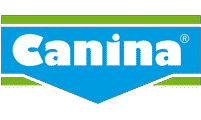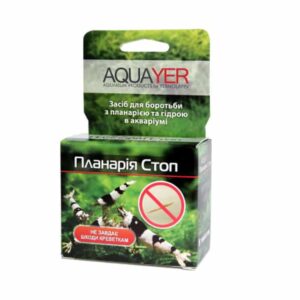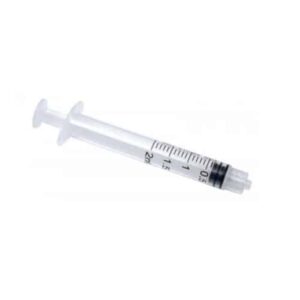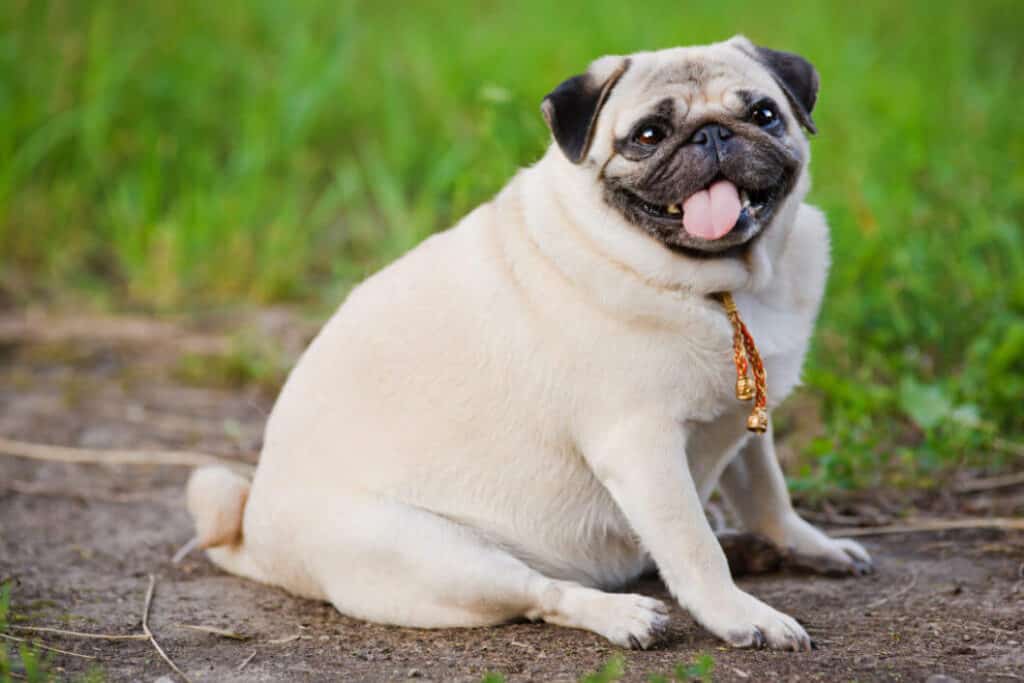
Dog obesity and fat dogs
In North America, obesity is the most common preventable disease in dogs. Approximately 25-30% of the general canine population is obese, with 40-45% of dogs aged 5-11 years old weighing in higher than normal.
What is obesity?
Obesity is an accumulation of excess body fat. Extra body weight and extra body fat tend to go hand in hand, so most overweight dogs will have excess body fat.
Body weight is easy to measure when assessing if a dog is overweight or obese – easier than trying to measure body fat. Using body weight as a guide, dogs are considered to be overweight when they weigh 10-20% above their ideal body weight. They are considered obese when they weigh 20% or more above their ideal body weight.
What are the risks with obesity?

Obesity shortens a dog’s life and makes them more likely to develop disease. It was always accepted that heavy dogs lived a shorter lifespan than lean dogs, usually by 6-12 months. But a large, lifetime study of Labrador Retrievers has found that being even moderately overweight can reduce a dog’s life expectancy by nearly two years compared to their leaner counterparts. This is a sobering statistic.
Previously, fat was considered to be relatively inactive tissue, simply storing excess energy calories and adding to body mass. However, scientific evidence now reveals that fat tissue is biologically active. It secretes inflammatory hormones and creates oxidative stress on the body’s tissue, both of which contribute to many diseases. Thinking of obesity as a chronic, low-level inflammatory condition is a new approach.
“Excess fat negatively impacts a dog’s health and longevity.”
Obese dogs develop an increased risk for:
- many types of cancer, diabetes mellitus, heart disease, and hypertension
- osteoarthritis and a faster degeneration of affected joints
- urinary bladder stones
- anesthetic complications as they are less heat tolerant
On the other hand, obesity may be an indicator of disease, such as hypothyroidism (an underactive thyroid gland) or Cushing’s disease (overactive adrenal glands).
How do I know if my dog is obese?
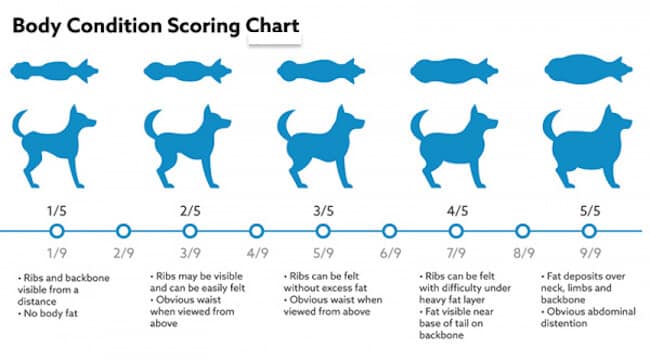
The very first step in dealing with an overweight or obese dog is to recognize and acknowledge that there is a problem. Unfortunately, we are inundated with images in the media of dogs that are consistently too heavy, which makes it challenging to understand what normal looks like. Your veterinarian and veterinary health care team can assist with an assessment.
Rib coverage is not only an important measurement to help you identify if your dog is overweight, but it is also easy for you to do at home, on your own. If you hold your hand palm down and feel your knuckles with the flats of the fingers on the opposite hand, this is how your dog’s ribs should feel just behind the shoulder blades. It is also a good method for measuring weight loss progress between formal weigh-ins.
Your veterinary health care team will provide an estimated ideal body weight to use as a target, but it is important that they also do regular body condition assessments to ensure progress is being made toward normal body weight and body condition. Most veterinary practices use a body condition scoring system on a scale of either 1-5 (3 is normal) or 1-9 (4.5 is normal).
How do I adjust my dog’s meals to help him lose weight?

Once you have identified that your dog is overweight or obese, it is important to adjust feedings specifically for weight loss – using a specific nutritional product, a specific portion, and a specific meal frequency. There are scientifically formulated nutritional products to help with healthy and safe weight reduction in dogs such as Hills® Prescription Diet® Metabolic, Royal Canin® Satiety Support Weight Management, and Purina Overweight Management®. It is not appropriate to simply reduce the volume of their current food. This will cause malnourishment over time.
It is appropriate and important to feed a nutritional product that has lower overall calorie density, yet maintains an appropriate nutrient balance. Your veterinary health care team can help you determine which nutritional products are best for your dog.
Once the new food has been selected and the new portions are determined, it is critical that you be consistent with feeding – portions and meal frequency – and to resist the temptation to provide inappropriate snacks. Treats should make up no more than 10% of your dog’s daily calorie intake. Fresh or frozen green beans, broccoli, and cauliflower, as well as air-popped popcorn all make excellent snacks if approved by your veterinarian.
“It is not appropriate to simply reduce the volume of their current food. This will cause
malnourishment over time.”
Regular weigh-ins, every 2-3 weeks (or at minimum once per month), are an important component of successful canine weight loss and it keeps everyone accountable – Weight Watchers® has been using this principle for decades. It is important to verify weight loss, to ensure that weight loss is neither too rapid nor excessive, and to determine when enough weight has been lost.
For further tips on reducing your dog’s weight, see the handout “Creating a Weight Reduction Plan for Dogs” and “Walking Your Dog for Weight Loss”.
What happens when we reach our weight loss goal?

Once an ideal body weight and condition has been achieved, it is important to maintain that weight. Once again, your veterinary health care team can help you find an appropriate food and portion for weight maintenance.
Portion control is critical at this stage to prevent regaining weight. After so much hard work, a relapse in obesity would be disappointing. Yo-yo weight loss and gain is no healthier for dogs than for humans. The benefits of normalizing body weight and condition make the effort well worth it.













